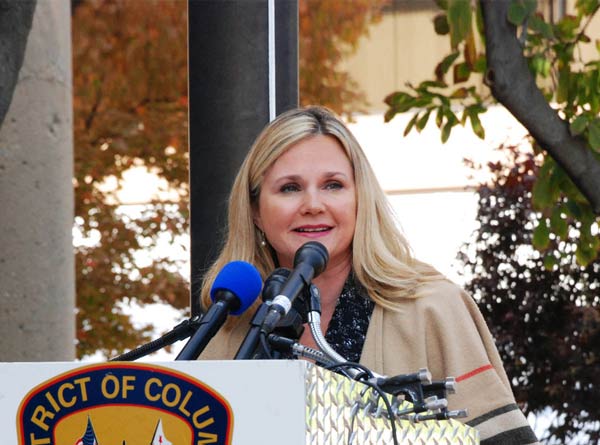How to Save a 137-Year-Old Humanitarian Organization in Three Easy Steps

When Robin Ganzert left the Pew Charitable Trusts in 2010 to become president and CEO of theAmerican Humane Association (AHA), she knew she’d found her dream job.
A mother of three children who shares her home with lots of animals, Ganzert found an “incredible, life-affirming opportunity” to help protect children and animals from abuse and neglect. She also found an organization operating at a deficit (in the millions) each of the previous four years.
“[The recession] hit nonprofits like a body slam,” Ganzert says. “In a nonprofit, there’s always going to be more demand for your resources,” she says. By focusing on her two bottom lines–the social ROI and financial ROI–and applying what she calls the “Jack Welch mentality,” the AHA is in its third year of operating with surpluses and greater efficiencies. Here’s how they did it:
REFRESH PROGRAMS.
One of AHA’s best-known programs is “No Animals Were Harmed”, which works with Hollywood filmmakers to protect animal actors. More than 100,000 animals are protected each year, and the program has a 99.98% safety rating.